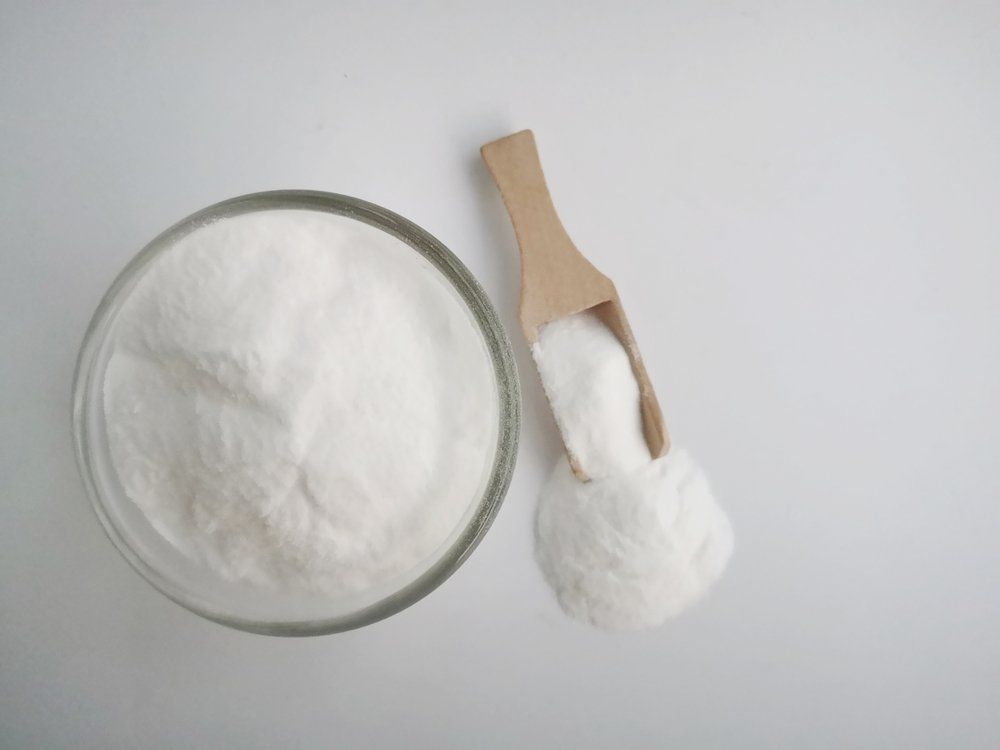Bulk Maltodextrin Powder
Bulk Maltodextrin Powder
Maltodextrin is a polysaccharide and is used as a food additive. Produced from starch by partial hydrolysis, maltodextrin is usually found as a white, hygroscopic spray-dried powder. It easily digestible, absorbed as rapidly as glucose, and can be either moderately sweet or almost flavorless.
Available Sizes: 50 lb bags or 2,000 lb totes
How is Maltodextrin Made?
Maltodextrin is made from wheat, corn, potato starch, or rice. The starches are broken down significantly to create the water-soluble white powder used in multiple applications. Like corn syrup solids, maltodextrin undergoes a process of partial hydrolysis – the means of adding water to break down a substance.
Individuals with celiac disease or those with a gluten intolerance may hesitate to consume maltodextrin, based on how it is made. However, this need not be a concern! Even though maltodextrin is often made from wheat, it is a gluten-free substance as processing effectively renders the starch free of gluten.
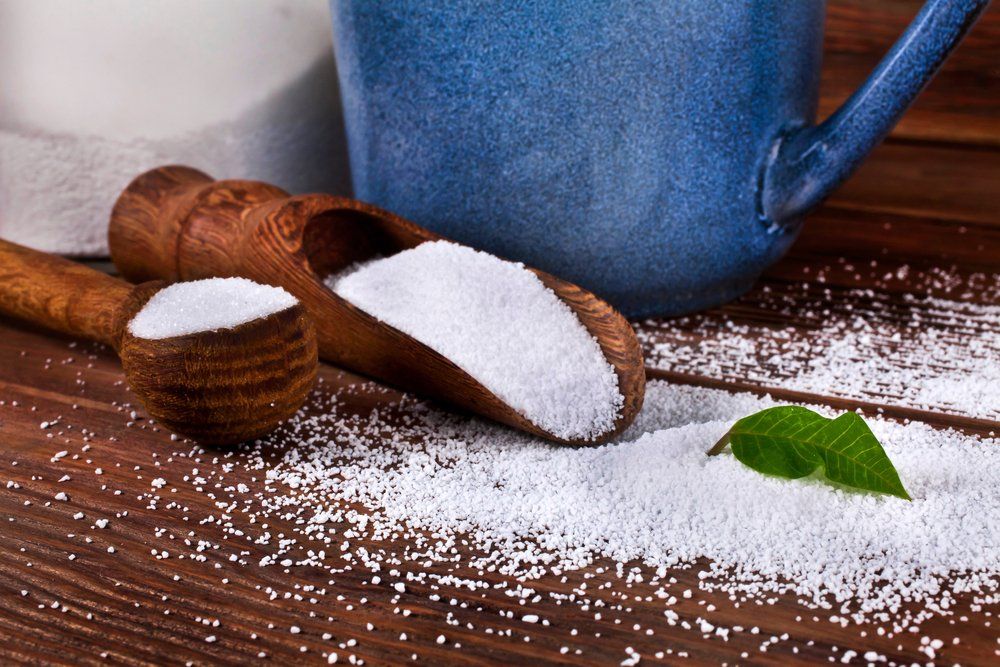
Bulk Maltodextrin Uses
Maltodextrin is commonly utilized as a thickening agent. As such, it increases the volume of foods and beverages, including desserts, salad dressings, sauces, and powdered drinks. Occasionally, maltodextrin is added to hair and skin care products. Finally, maltodextrin is frequently applied as a preservative to increase the shelf life of packaged products.
Maltodextrin vs. Corn Syrup Solids
In substance, maltodextrin (1, 5, 10, 15, 20, DE) is similar to – but generally less sweet than – corn syrup solids, often utilized for related purposes. After hydrolysis, maltodextrin is generally less than 20% sugar, while corn syrup solids are often at least 20% sugar.
Related Products
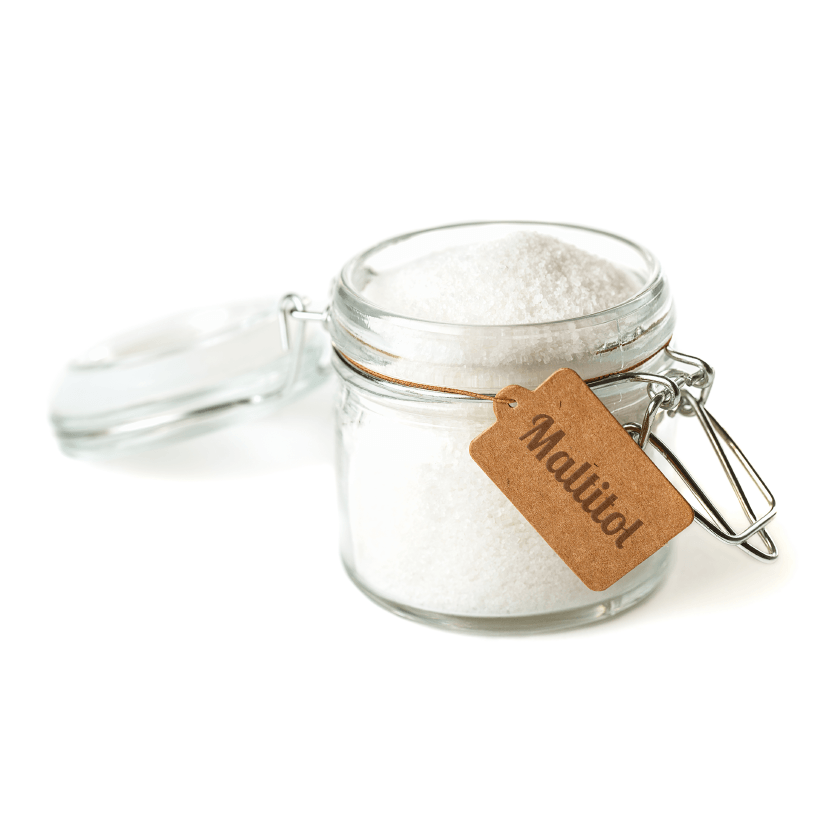
Maltitol Powder
Maltitol is a sugar alcohol used as a sugar substitute. It has 75–90% of the sweetness of sucrose and nearly identical properties, except for browning.

Fondant & Icing
Very fine granulated sugar that easily mixes with water and produces smooth, creamy icings and frostings.
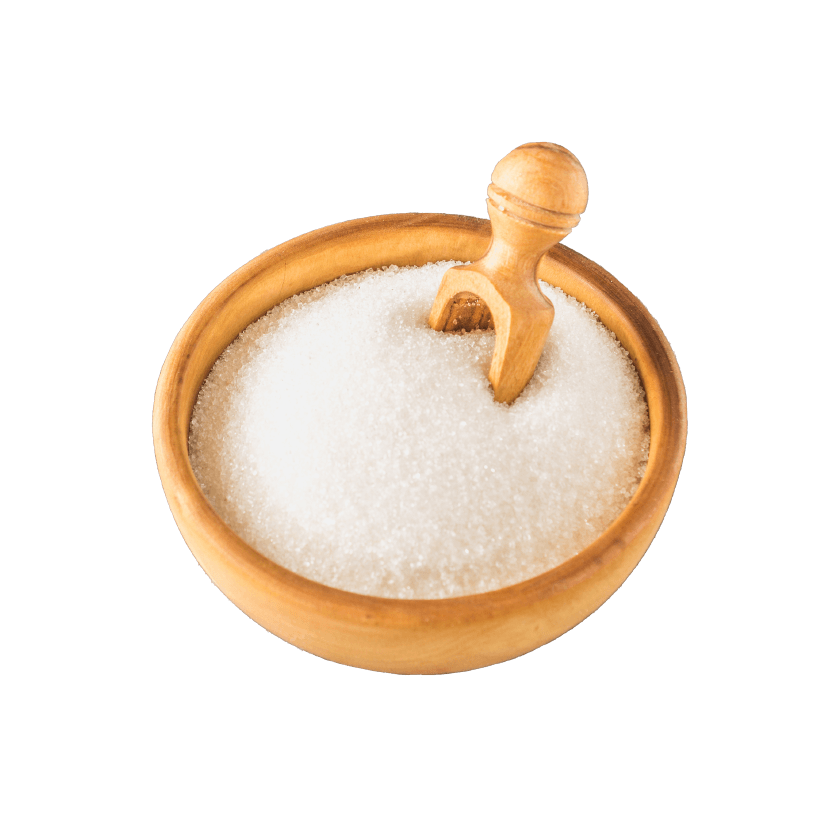
USP NF Granulated & Powdered Sugar
Sugar that meets the quality and purity standards and specifications of the United States Pharmacopoeia.
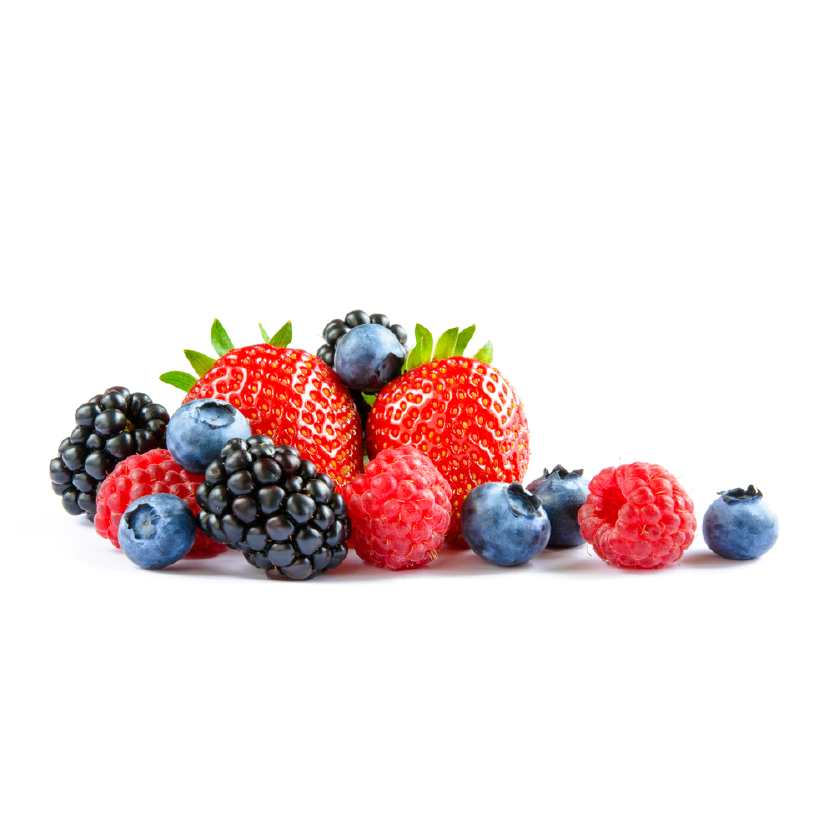
Sorbitol Powder
Sorbitol powder is a sugar alcohol found naturally in berries and other fruits. It can be obtained by reduction of glucose, which changes the aldehyde group to a hydroxyl group.

